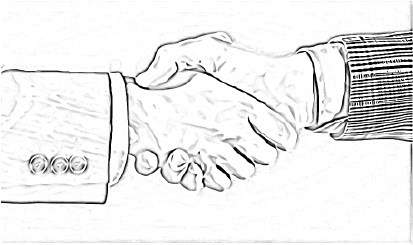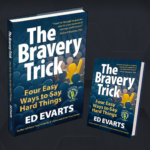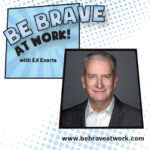As you work to raise your visibility in your organization and industry, visibility is comprised of presence (the tangible ways that individuals connect with you) and reputation (the intangible ways that individuals connect with you). Similarly, accessibility has tangible and intangible characteristics.
Intangible Accessibility
Do you create a welcoming atmosphere that reflects your desire to be accessible? When your colleagues comes to see you, is your behavior creating or hindering access? Here are some ways to create a welcoming atmosphere that inspires access.
Your office or workstation chair is facing the door. This way, you are able to see colleagues as they enter your office or workstation. When your back is facing the entrance to your office or workstation, you are subliminally sending the message “Don’t interrupt me.”
You stand and welcome colleagues to your office or workstation. To minimize the perception that your colleagues are interrupting you, demonstrate that your colleagues are not bothering you by physically welcoming them to the conversation.
You ask your colleague how you can help them. Even though your colleagues have come to see you, take the lead. When you answer your phone, you are the first one to say something like “Hi. This is Carl.” When you respond to a knock on your door, you are the first one to say something like “Hello. Can I help you?” Colleagues entering your office or workstation should be treated in the same way. Welcome colleagues to your office by taking the first step.
Do your interactions with colleagues inspire them to reach out to you again? Once you have welcomed your colleagues into the conversation, is your behavior helping or hindering the goal of the reason your colleagues came to see you in the first place? Here are some ways to inspire your colleagues to reach out to you in the future.
You have the answer at that moment. This is the simplest way to ensure your colleagues benefit from the interaction with you. You have an answer to their need and you can provide the answer at that moment.
You have the answer, yet you are not available at the moment. Just because someone is attempting to ask you a question or ask for help does not mean you have to respond at that moment. Your fast-paced and frenzied work organizations do not leave a lot of free time for unanticipated interruptions. If you are not available at the moment a colleague comes to see you, yet you can help her, let your colleague know that you are busy as the moment and schedule a time to reconnect.
You don’t have an answer, but you will get an answer for them. You may be the best person to help your colleagues, yet you don’t know the answer. Let your colleagues know you can help them but you will need time to get the answer. Schedule a time to reconnect.
You don’t have an answer and direct them to someone who does. You don’t have to know everything! If you are not the best person to help your colleagues, don’t just send them away without benefiting from their interaction with you. Identify another colleague who can assist them further.







